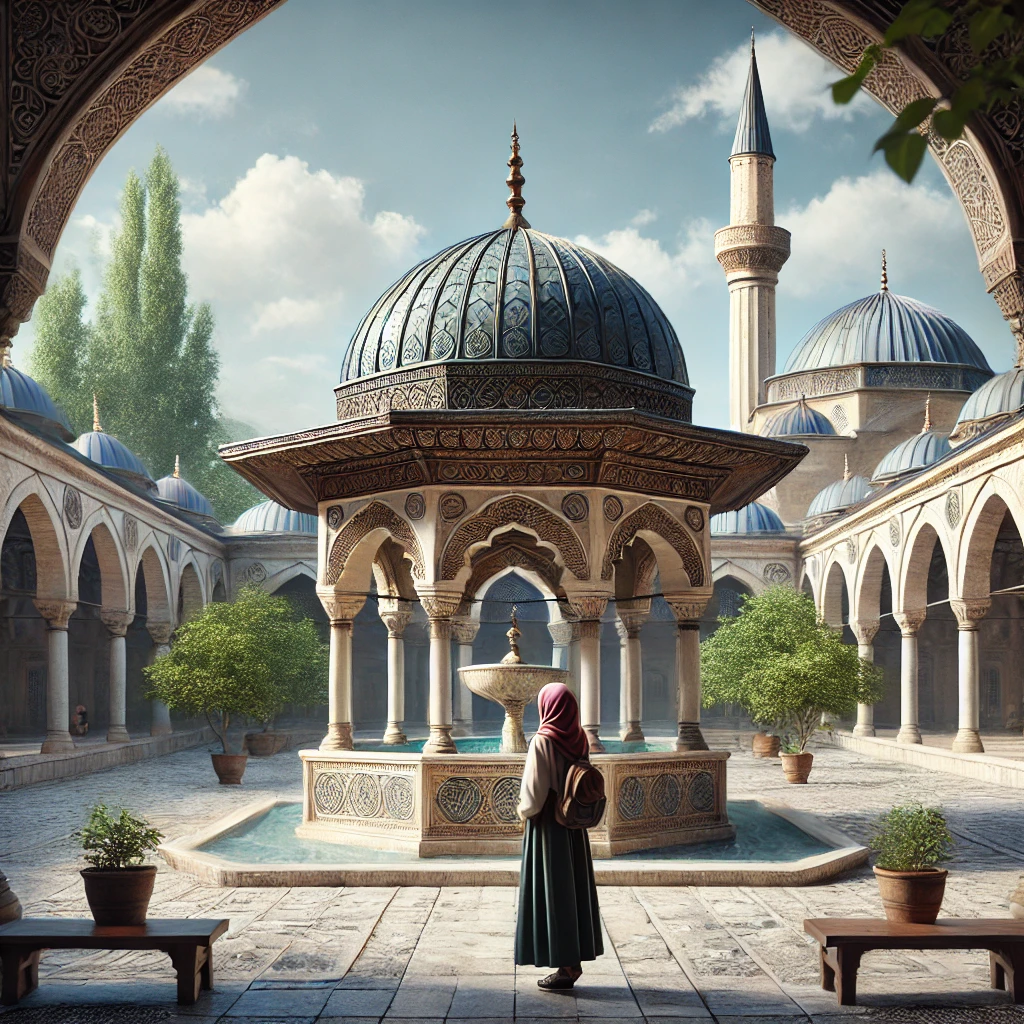ChatGPT:
Şanlıurfa, often referred to as “Urfa,” is a city in southeastern Turkey with a rich history that spans thousands of years. Known as the “City of Prophets,” it holds deep religious, cultural, and historical significance.
Origins and Ancient History
1. Early Settlement:
• Şanlıurfa is one of the world’s oldest continuously inhabited cities. Evidence suggests that its history dates back to the Neolithic period.
• The nearby archaeological site of Göbekli Tepe, dating to around 9600 BCE, is considered the world’s oldest known temple complex, highlighting the region’s importance in early human civilization.
2. Mesopotamian Influence:
• Located near the cradle of civilization, Urfa was influenced by Mesopotamian cultures like the Sumerians, Akkadians, and Babylonians.
• It was known as “Urshu” in ancient texts, which later evolved into “Urfa.”
3. Classical Antiquity:
• Under Greek and Roman influence, the city was called Edessa and became a significant cultural and economic hub.
• Edessa was a major center for Christianity in late antiquity and played a key role in the spread of Syriac Christianity.
Religious and Cultural Significance
1. City of Prophets:
• Urfa is traditionally associated with Abraham (Ibrahim in Islam). According to Islamic tradition, it is the birthplace of the prophet, and a key story recounts how he was thrown into a fire by King Nimrod, only for God to turn the fire into water and the flames into fish. The site, now the Balıklıgöl (Pool of Sacred Fish), is a major pilgrimage destination.
• Other prophets, such as Job (Ayyub) and Jethro (Shuayb), are also linked to the area.
2. Islamic Heritage:
• After the Islamic conquests in the 7th century, Urfa became a vibrant center of Islamic learning and culture.
Medieval and Ottoman Eras
1. Crusader Period:
• During the Crusades, Urfa was captured and became the County of Edessa, one of the first Crusader states. It was later recaptured by the Zengids under Imad al-Din Zengi.
2. Ottoman Rule:
• Urfa came under Ottoman control in the 16th century and flourished as a provincial city. It became known for its agricultural produce, crafts, and textiles.
Modern Development
1. Name Change:
• The city was renamed “Şanlıurfa” (meaning “Glorious Urfa”) in 1984 to honor its resistance during the Turkish War of Independence.
2. Economic Growth:
• The development of the Southeastern Anatolia Project (GAP), a massive regional development initiative, has significantly boosted Şanlıurfa’s economy, particularly in agriculture and irrigation.
3. Cultural Heritage:
• Today, Şanlıurfa is a thriving city known for its mix of ancient and modern, with vibrant bazaars, historical mosques, and archaeological sites.
Key Attractions
• Göbekli Tepe: A UNESCO World Heritage Site and the world’s oldest known temple.
• Balıklıgöl: Sacred pool associated with Abraham’s story.
• Urfa Castle: Overlooking the city with origins in antiquity.
• Harran: An ancient city with mud-brick beehive houses, located nearby.
Cultural Identity
Şanlıurfa’s identity is deeply rooted in its diverse cultural and religious history, reflected in its architecture, cuisine, music, and traditions. It remains a significant destination for both spiritual pilgrimage and historical exploration.
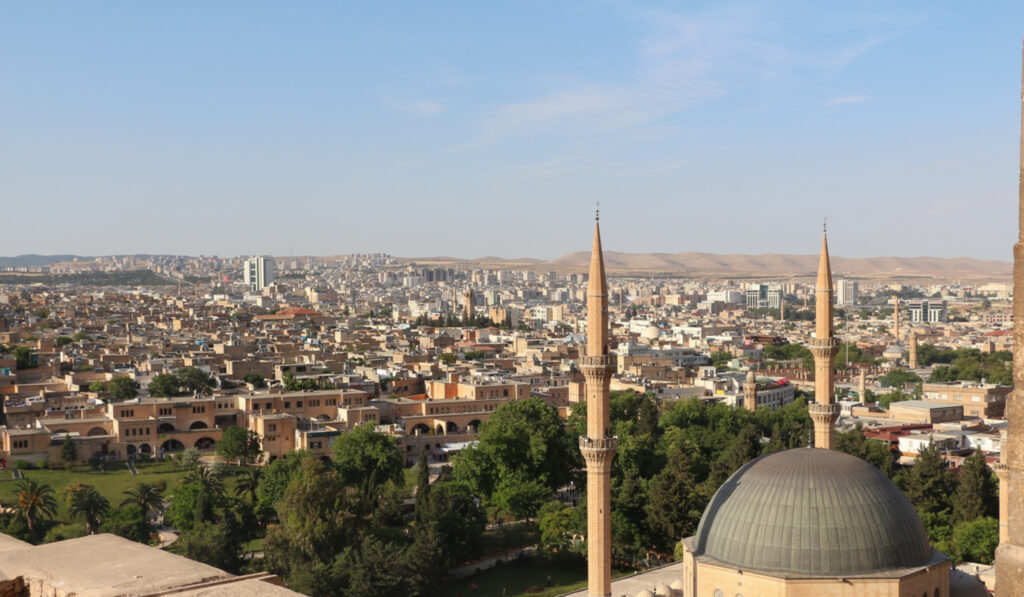
Here’s a list of historical monuments and well-known tourist attractions in Şanlıurfa, along with approximate dates or periods of their origin:
Historical Monuments
1. Göbekli Tepe (9600 BCE)
• The world’s oldest known temple complex.
• A UNESCO World Heritage Site, built by Neolithic people for ritual purposes.
2. Harran Ruins (2000 BCE – Medieval Period)
• Features the remains of the ancient city of Harran, including:
• Harran University (8th century CE)
• Beehive Houses (still standing and unique to the area)
• Known in the Bible and historical texts as a significant Mesopotamian city.
3. Urfa Castle (1st millennium BCE)
• Originally built by the Seleucids, later modified by Romans, Byzantines, and Ottomans.
• Features two iconic Corinthian columns that are thought to date back to antiquity.
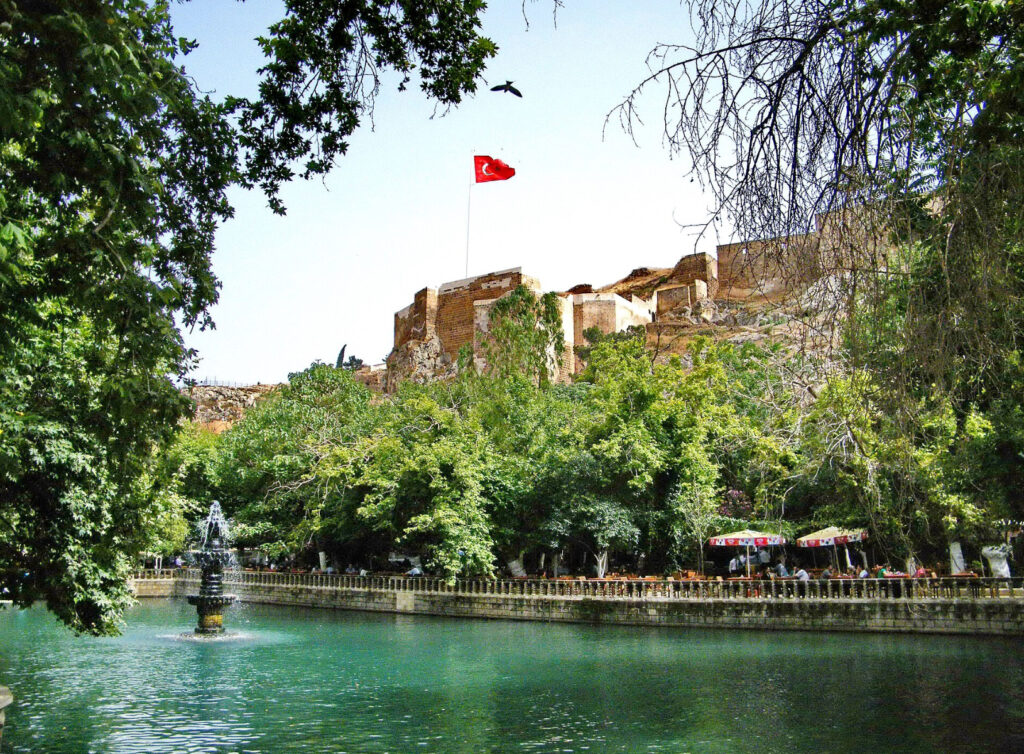
4. Balıklıgöl (Pool of Sacred Fish) (Religious narrative from 2000 BCE)
• Associated with the story of Abraham.
• Contains the Halil-ur Rahman Mosque (1211 CE) and Rızvaniye Mosque (1716 CE).
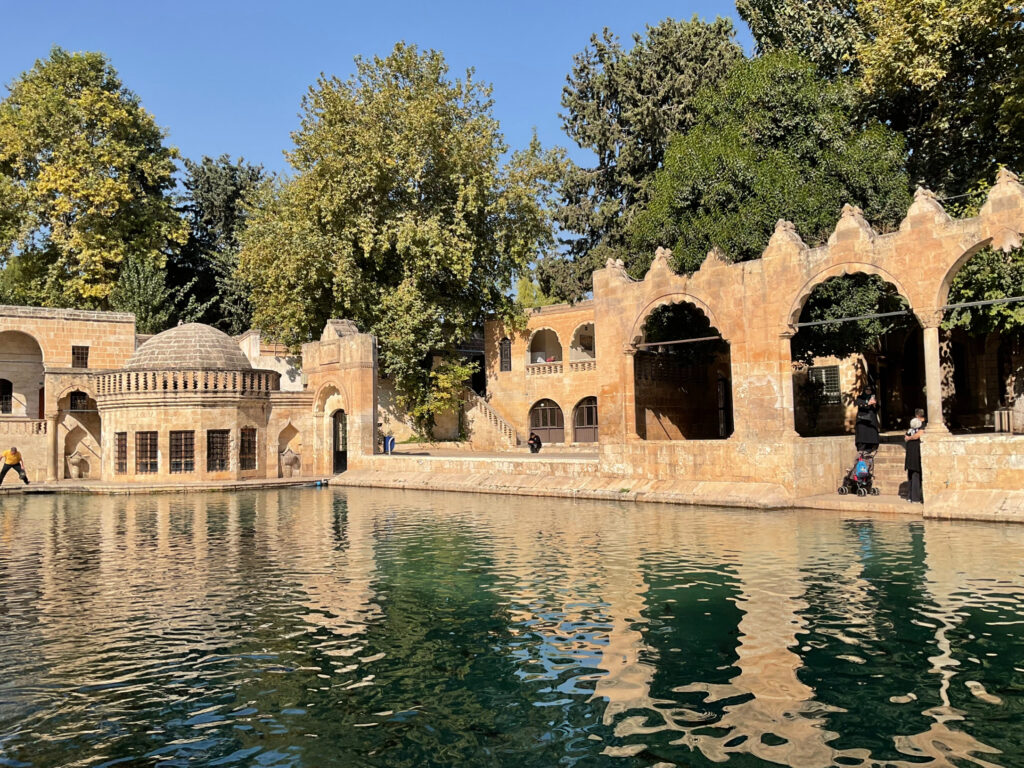
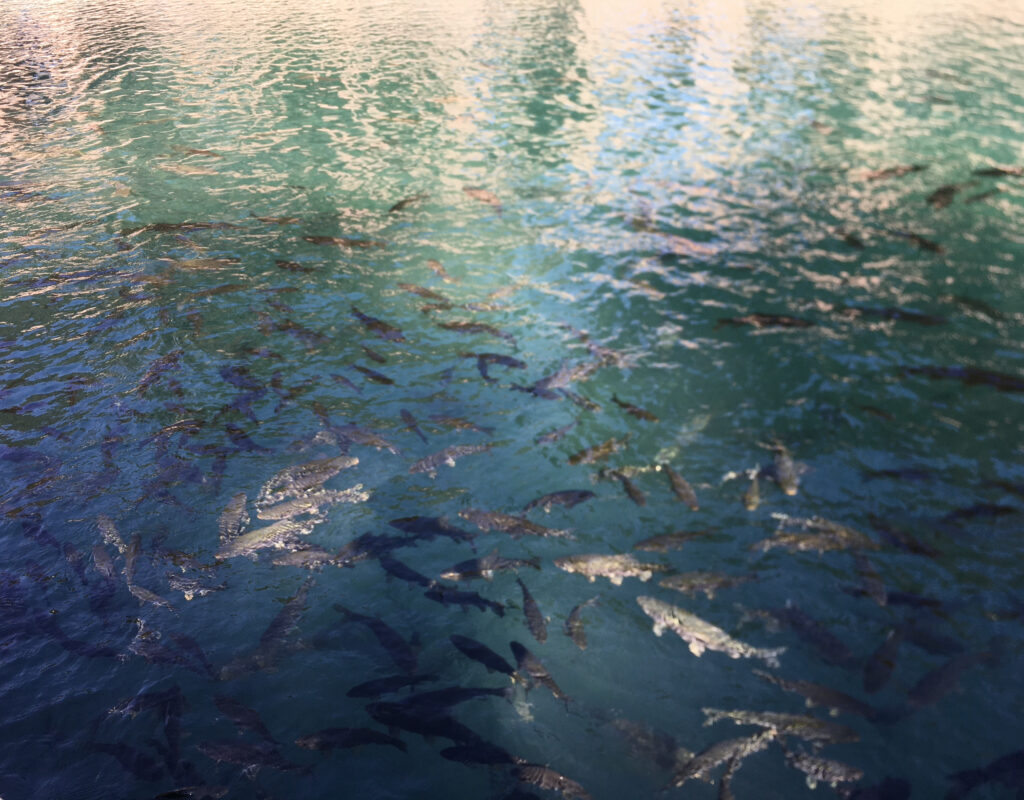
5. Halil-ur Rahman Mosque (1211 CE)
• Built by the Ayyubids next to Balıklıgöl.
• Features a minaret and beautiful Islamic architecture.
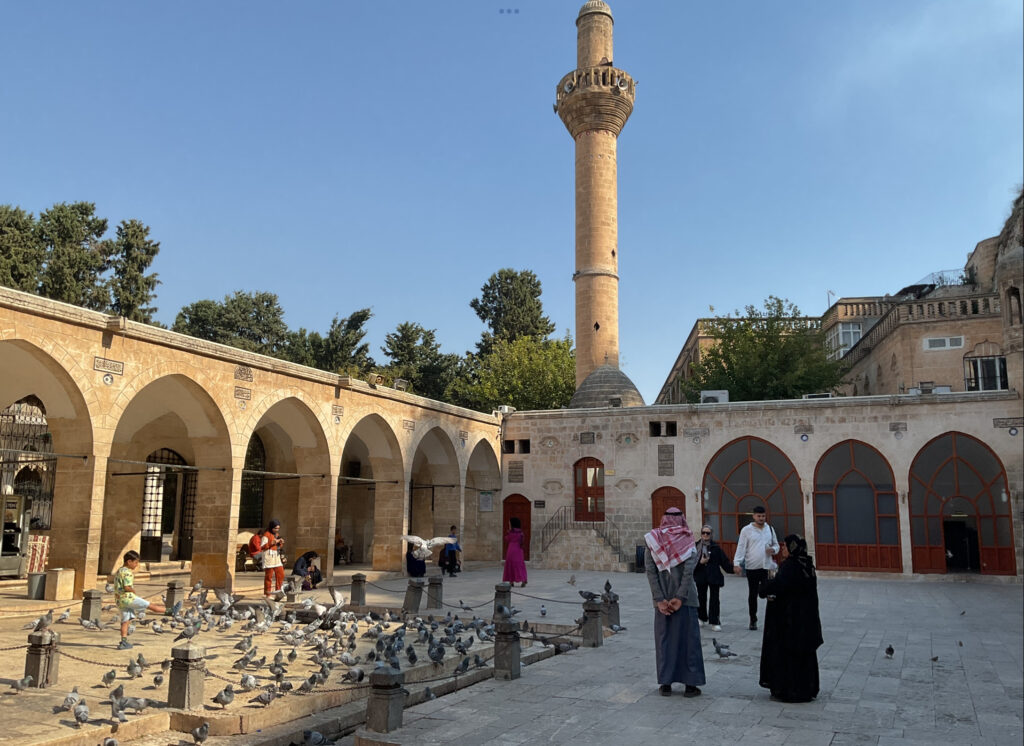
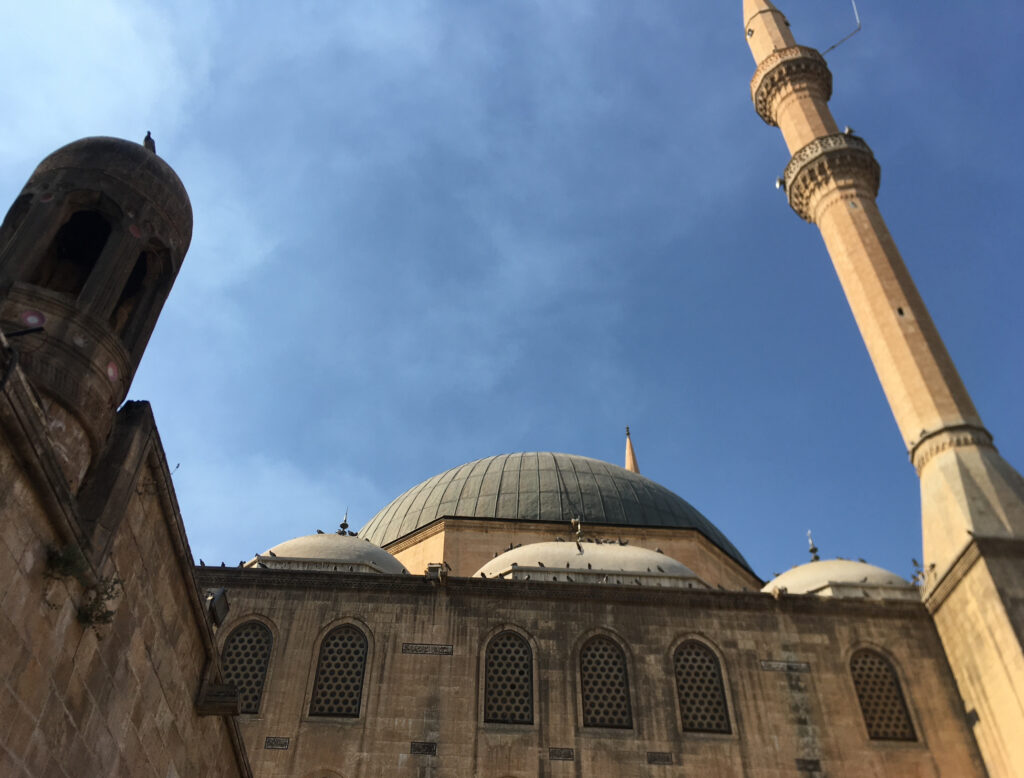
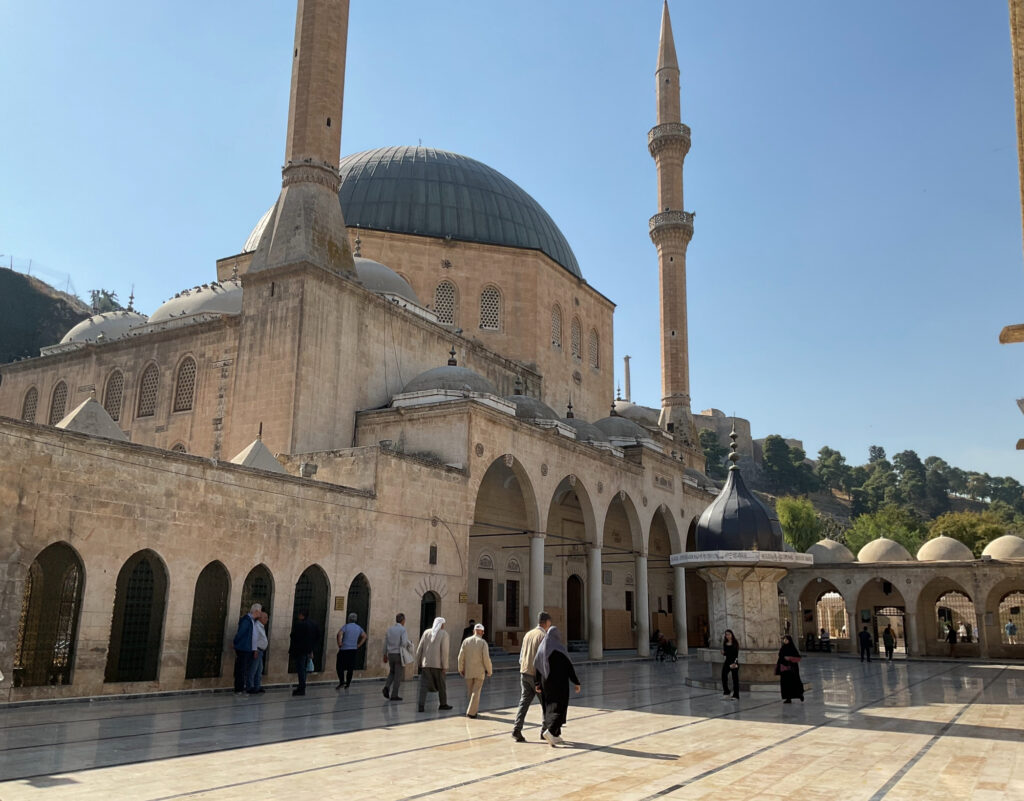
6. Rızvaniye Mosque (1716 CE)
• Built during the Ottoman period, adjacent to Balıklıgöl.
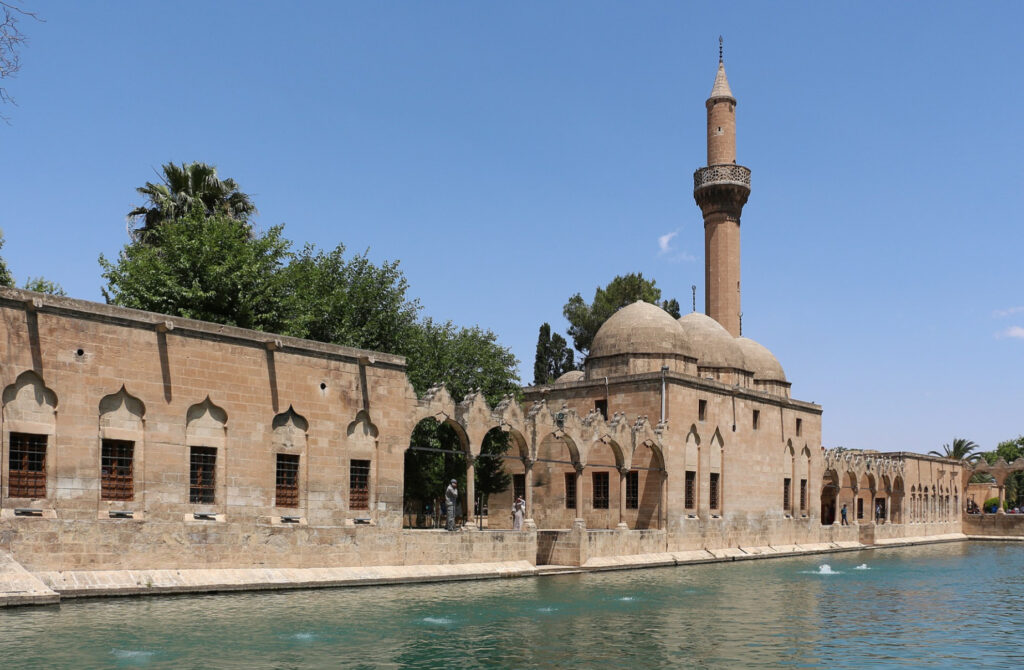
7. Great Mosque of Urfa (Ulu Cami) (12th century CE)
• Built on the site of an earlier Christian church.
• Features unique Seljuk-style architecture.
8. Bazda Caves (Ancient Quarry)
• Man-made caves used for extracting stone for monuments and buildings in the region.
9. Soğmatar Ancient City (2nd century CE)
• A cultic site dedicated to the moon god Sin.
• Features inscriptions and temples carved into rock.
10. Sumatar Harabesi (Harran Region) (Roman Period)
• An ancient sanctuary with remains of a temple dedicated to moon worship.
Well-Known Tourist Attractions
1. Şanlıurfa Archaeology and Mosaic Museum
• Houses artifacts from Göbekli Tepe, Harran, and other ancient sites.
• Features mosaics from Roman villas.
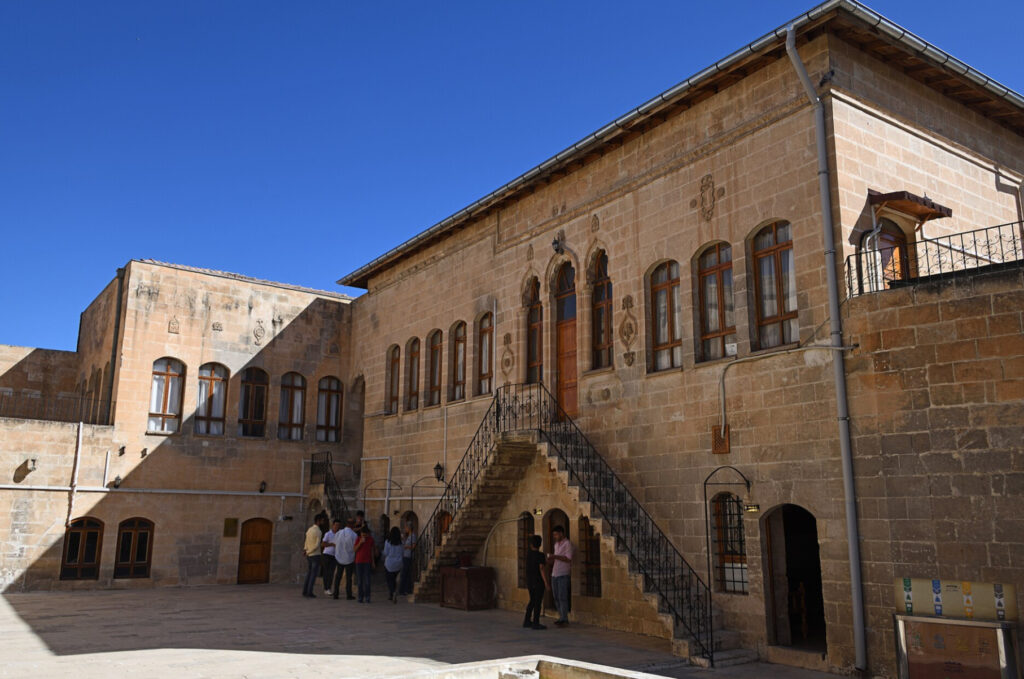
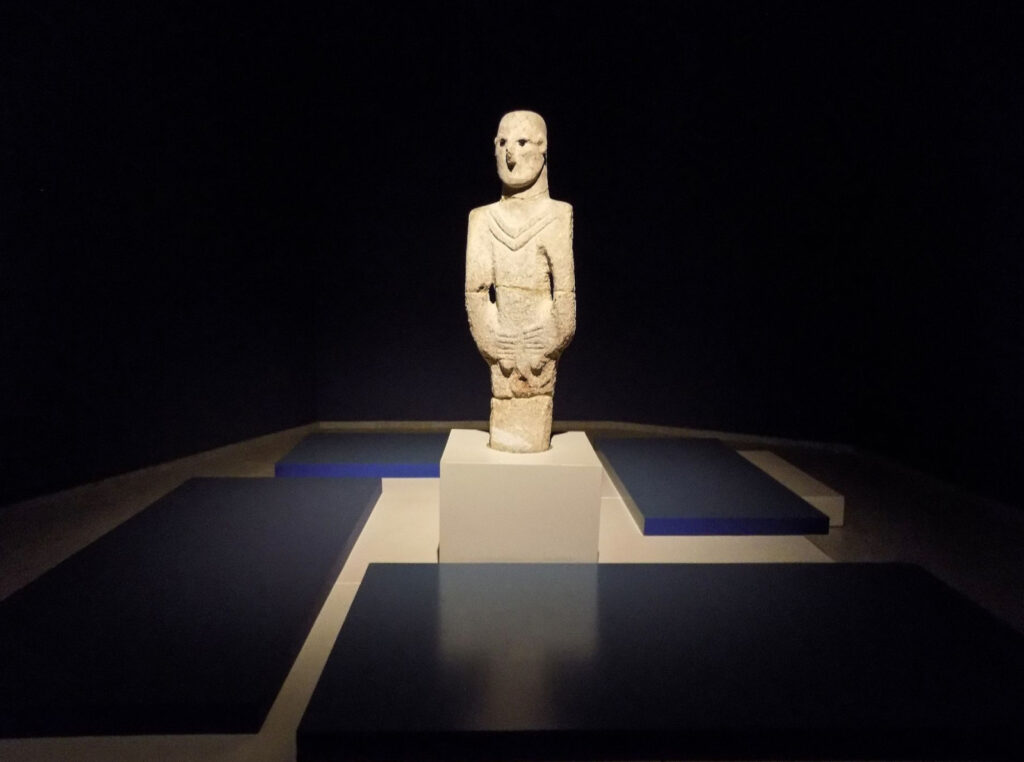
2. Cave of Abraham
• Believed to be the birthplace of the prophet Abraham.
• Located near Balıklıgöl and revered by Muslims, Christians, and Jews.
3. Şanlıurfa Bazaar (Covered Bazaar)
• A traditional market dating back to the Ottoman era.
• Offers local goods, spices, textiles, and handmade crafts.
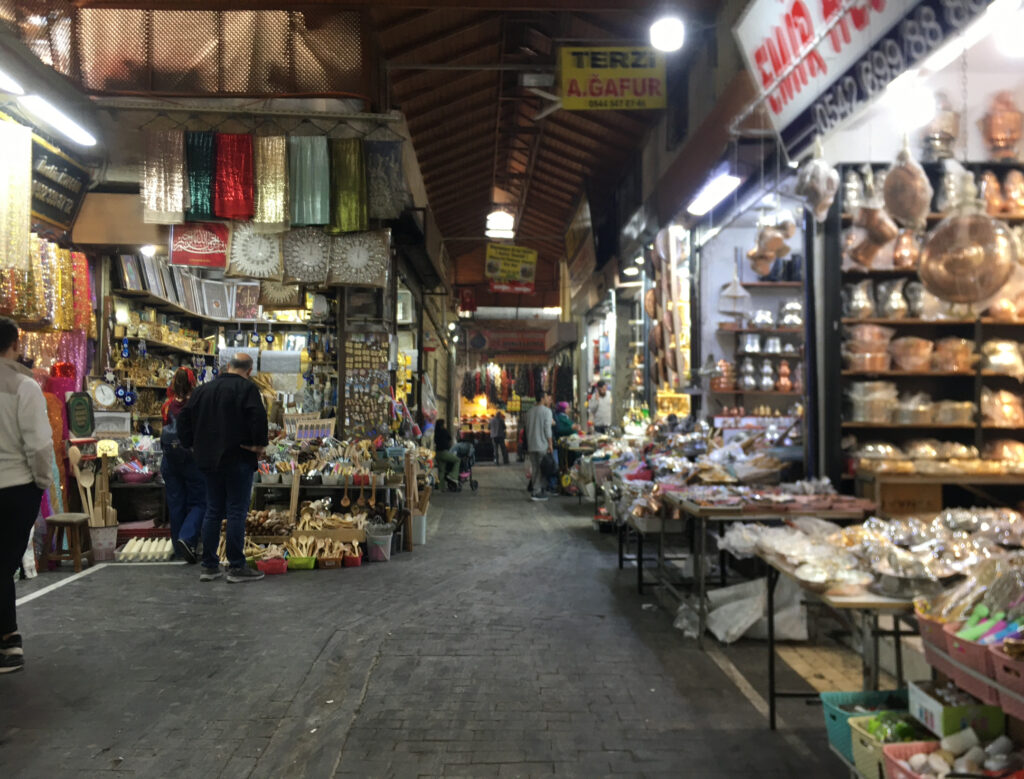
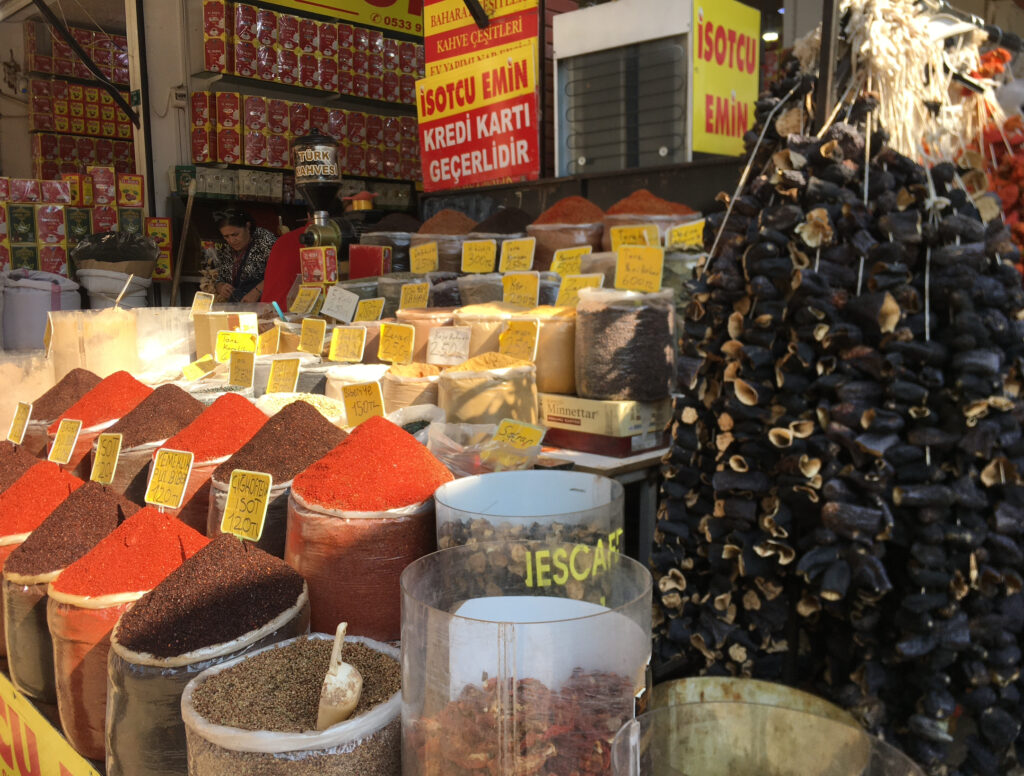

4. Gölbaşı Park
• A peaceful area surrounding Balıklıgöl.
• Features gardens, fountains, and picnic spots.
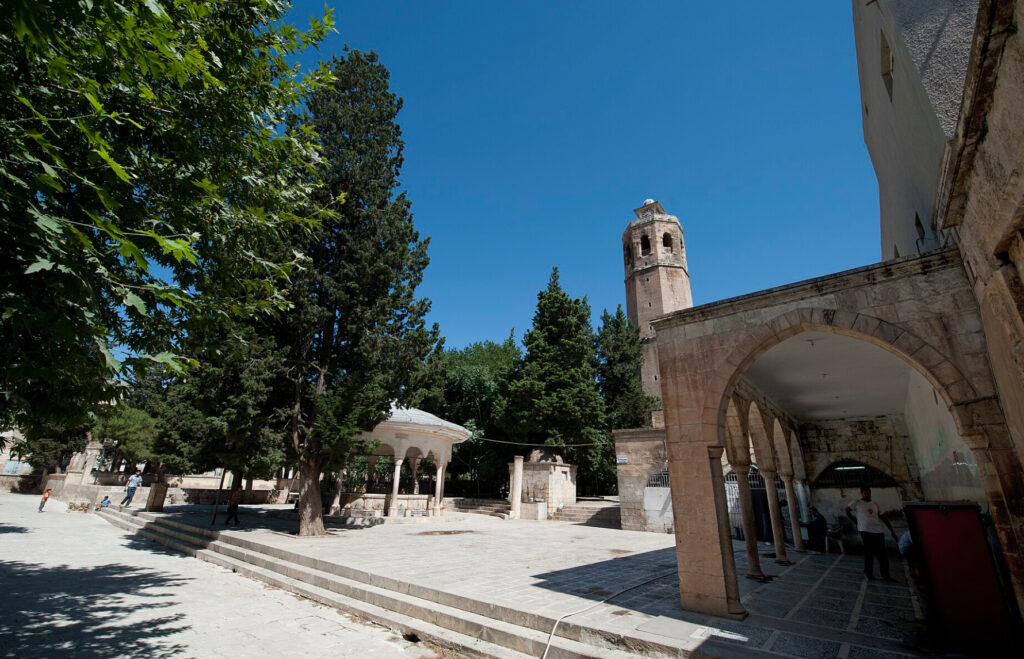
5. Haleplibahçe Mosaic Museum
• Home to intricate Roman mosaics, including the “Amazon Warrior Mosaics.”
These sites showcase Şanlıurfa’s significance as a cultural, historical, and spiritual hub over millennia.
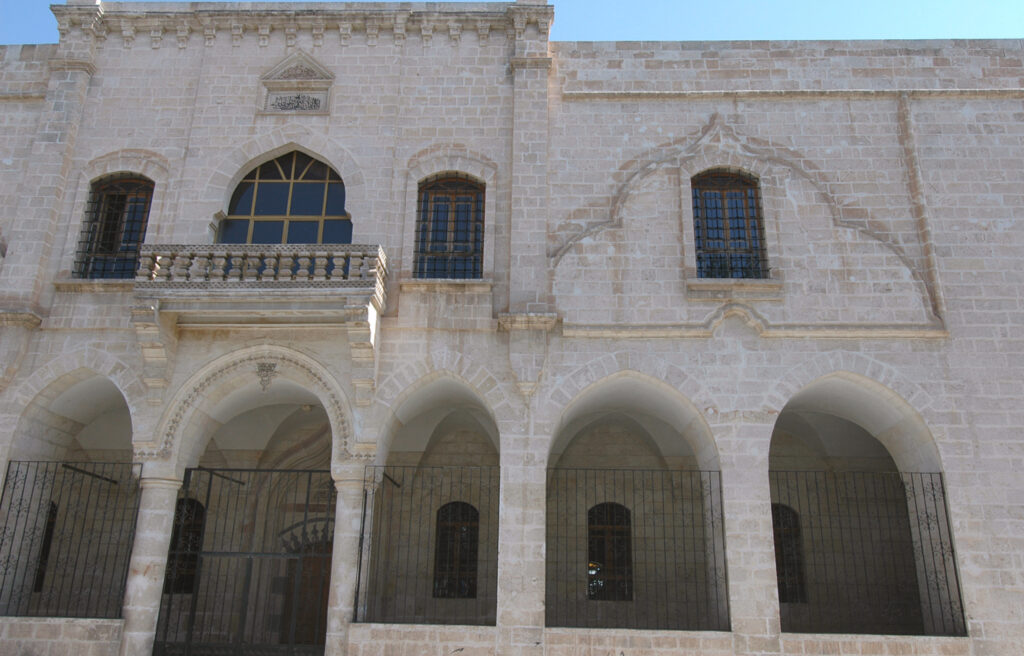
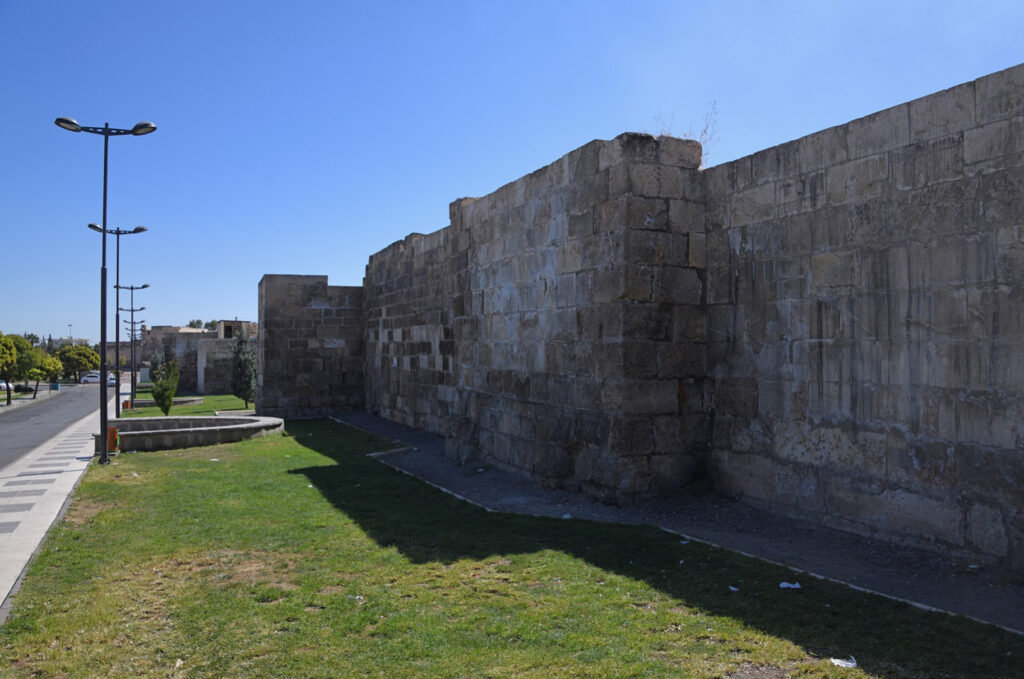
One-Day Travel Itinerary in Şanlıurfa
Morning: Historical and Spiritual Exploration
1. Start at Balıklıgöl (Pool of Sacred Fish) (8:30 AM – 10:00 AM)
• Visit this iconic site associated with the story of Prophet Abraham.
• Explore the Halil-ur Rahman Mosque, Rızvaniye Mosque, and the tranquil pool filled with sacred fish.
2. Cave of Abraham (10:00 AM – 10:30 AM)
• Visit the cave believed to be the birthplace of Prophet Abraham, located near Balıklıgöl.
3. Stroll Through Urfa Castle (10:45 AM – 11:30 AM)
• Walk up to the ancient castle for panoramic views of Şanlıurfa and a glimpse of its storied history.
Lunch: Indulge in Local Cuisine (12:00 PM – 1:30 PM)
• Dine at a traditional restaurant near the city center.
• Recommended Dishes:
• Urfa kebabı (grilled skewered meat with mild spices)
• Lahmacun (flatbread topped with minced meat and spices)
• Ayran (yogurt-based drink) to cool off.
• Try çiğ köfte (spiced raw meatballs, now made vegetarian) as a side.
Afternoon: Dive into History and Culture
4. Visit the Şanlıurfa Archaeology and Mosaic Museum (2:00 PM – 3:30 PM)
• Discover ancient artifacts, mosaics, and exhibits from the region’s rich history.
5. Explore the Şanlıurfa Bazaar (3:45 PM – 4:30 PM)
• Wander through the historic covered bazaar to shop for spices, textiles, and local handicrafts.
• Treat yourself to şıllık tatlısı (a syrup-soaked dessert) from a local stall.
Evening: Relaxation and Dining
6. Visit Gölbaşı Park for a Walk (4:45 PM – 5:30 PM)
• Enjoy a leisurely stroll around the peaceful gardens and fountains near Balıklıgöl.
7. Dinner at a Traditional Restaurant (6:30 PM – 8:00 PM)
• Relish a meal of kazan kebabı (eggplant and meat kebab) or sırtaç (a hearty local stew).
• End with katmer (pistachio pastry) and a cup of Turkish coffee.
Optional Evening Activity: Cultural Experience
8. Attend a Sıra Gecesi (8:30 PM – 10:00 PM)
• Join a traditional music and storytelling evening, complete with folk songs and light snacks like meyan şerbeti (licorice drink).
This itinerary provides a full day of history, culture, and culinary delights within Şanlıurfa, highlighting the city’s core attractions.
